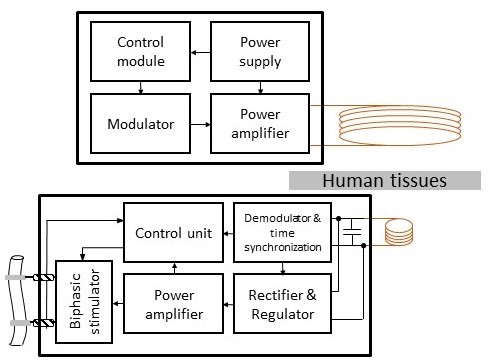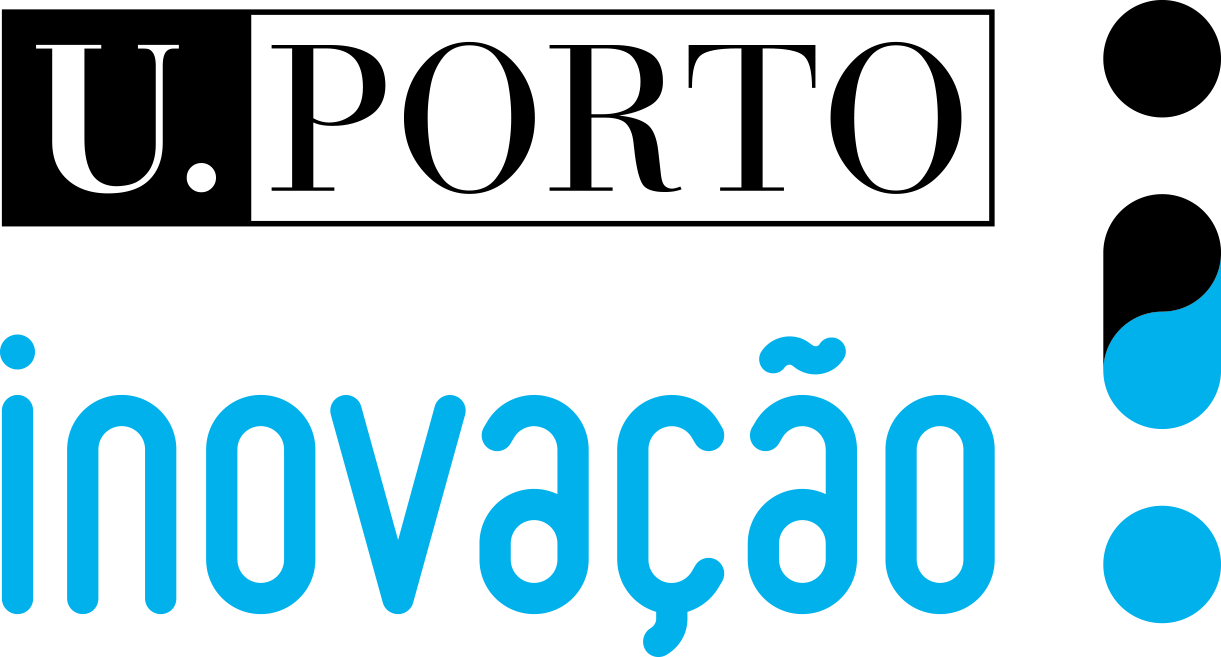
The invention is an active medical implant placed in the patient’s knee that, through neuromuscular stimulation, aims to induce muscle activation and increase knee stability after an injured ligament surgery replacement. The technology is composed of an implantable device that provides continuous In situ Neuromuscular Electrical Stimulation (INES) and a controlling external device. The apparatus can be placed in the neighbourhood, beneath or on the thickness of the knee tendons or ligaments.
From literature, it is known that Neuromuscular Electrical Stimulation (NMES) applied to the quadriceps or hamstrings provides a hypertrophy reaction response of the tendon, leading to its strengthening. As a result, a treatment based on muscle stimulation can deliver a faster recovery after a ligament repair surgery.
Depending upon the ligament injury, full level of activity may not be possible before 3 to 4 months, and very severe ligament injuries can take up to 12 months or even longer. However, in-situ stimulation of the new ligament (graft) can reduce the recovery time from up to 10 to 14 weeks.
The apparatus allows local knee restorative and curative stimulation from the very first moment of installation, liberating the patient from physiotherapy treatments. Besides, the external device controls and powers the implantable one, allowing continuous stimulation.
Finally, the implant incorporates a movement sensor meant to detect and trigger stimulation on the target muscles, promoting synchronized emission of sensory-evoked potentials to the cerebral cortex.
This knee implant technology is a medical device aimed to reduce the recovery time of a cruciate ligaments injury repair surgery.






